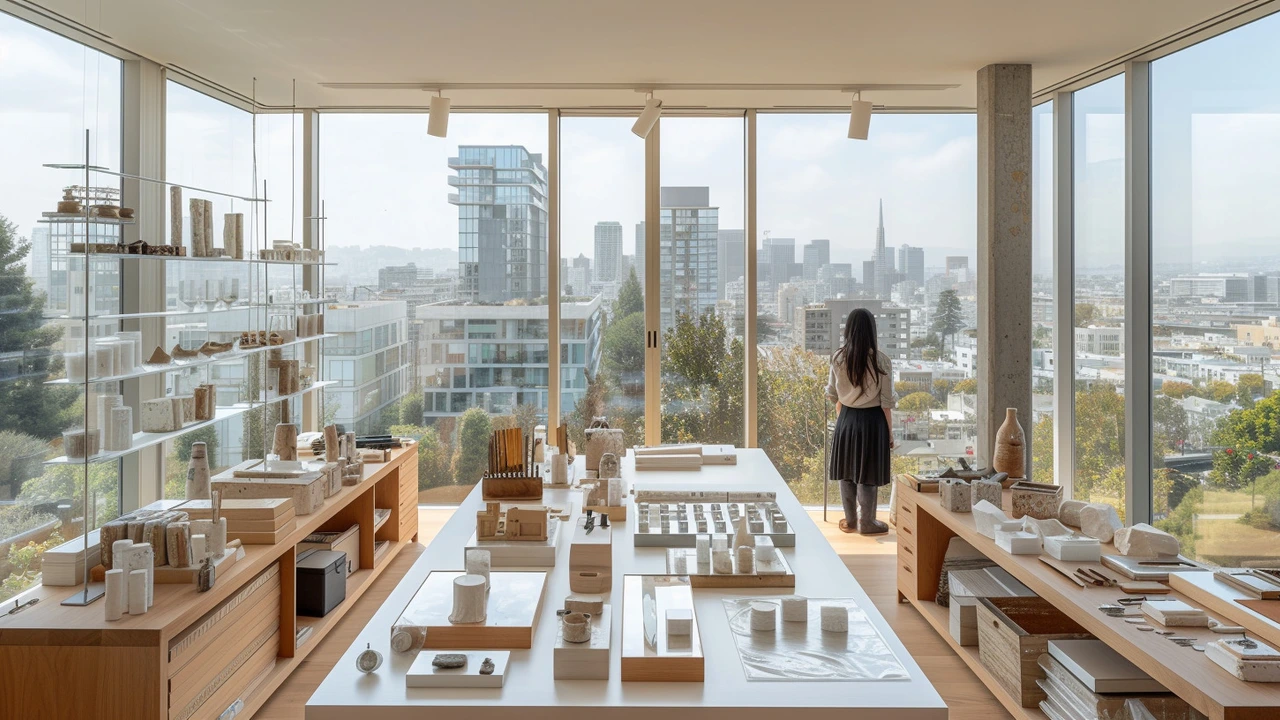Art Making Process: Clear Steps to Create Stronger Work
Want better results from your studio time without wasting hours? The art making process is a simple chain: idea, plan, make, review, repeat. Nail each link and your work improves fast. Below are hands-on steps and tips you can use right away, whether you paint, build installations, or design spaces.
Plan & Prep
Start with one clear problem to solve—mood, composition, message, or function. Sketch two quick thumbnails, then pick the strongest one. Spend ten minutes listing the materials and the exact format (canvas size, wall space, or site dimensions for land art). For photorealism, plan reference photos and lighting; for installation work, note how viewers will move around the piece.
Organize your materials before you begin: limit the palette to three to five colors, choose brushes and tools, and set up a drying or curing area. Timebox prep: 20–60 minutes is enough to avoid endless fiddling. If you struggle to start, force a 30-minute warm-up study focused only on tone or gesture—this often unlocks the main piece.
Make, Review, Repeat
Work in deliberate stages. For painting, block in basic shapes and values first. For sculpture or installation, build a small maquette or mock-up. Keep layers purposeful: underpainting or structural passes should solve form and value, later passes refine color and texture. Photorealism benefits from thin glazes and slow layering; expressive work leans on quick marks and big gestures. Match technique to intent.
Use short, honest reviews. Stand back at set intervals—every 20 minutes for small pieces, once a day for large works. Take a photo and view it in grayscale to check value structure. Ask three focused questions: Is the composition clear? Does the lighting read? Is the message coming through? Answering these keeps revisions targeted, not random.
Build a simple studio routine. Start with a 10-minute tidy and tool check, followed by a 90-minute focused session. Treat interruptions like design constraints: if you only have 30 minutes, do a small, specific task like cleaning edges or testing a color mix. Track what you did after each session so progress is visible—small wins build momentum.
Finish deliberately. Pick two finishing moves: a final color glaze, or a trim and mounting step for presentation. Photograph in consistent light and label files with date and medium. If you plan to exhibit, make a short installation checklist covering hardware, transport, and safety.
Keep learning by copying ideas, not works. Reproduce a technique you admire—glaze a tiny panel like a photorealist, or try one energetic gesture session inspired by Abstract Expressionism—then adapt what works into your voice. The art making process isn’t mysterious. It’s a set of habits you can build and tweak until your work reliably improves.

